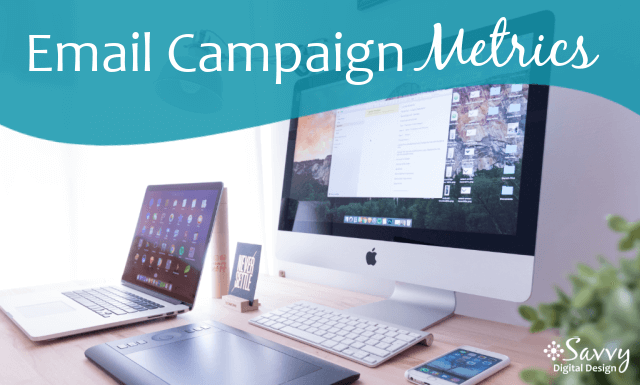The 5 Key Email Marketing Metrics
So, you know the difference between newsletters and email marketing campaigns. You’ve got a marketing strategy with a good mix of content. But how will you know if an email campaign is successful? While the email’s open rate is the first metric that we look at, and an early indicator of a successful campaign, it can’t give you the complete picture.
There are a lot of statistics with fun new acronyms to keep track of when handling an ongoing email marketing campaign. It can be overwhelming. Deciding which ones to give attention, and which ones to ignore, will save your sanity.
These are the 5 that I consider to be key metrics, along with the industry averages for each of them.
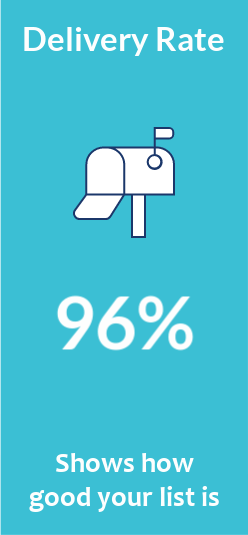

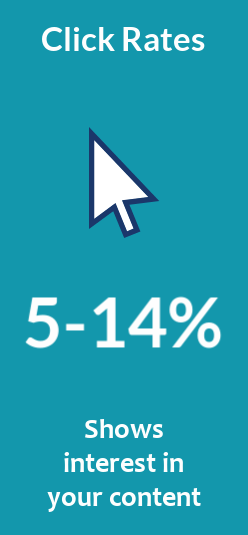
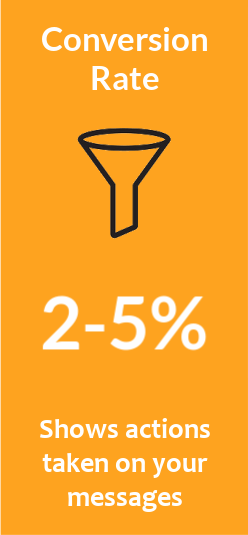
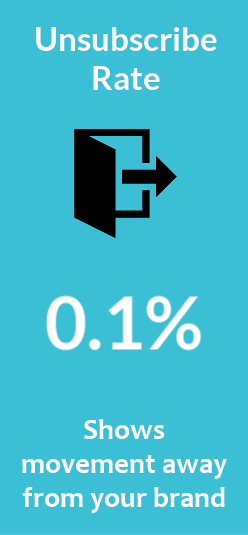
Delivery and Bounce Rates
Not every email you send is actually delivered. You want to take note of the bounce rate – the emails that were either rejected by the recipient’s server, or sent to an address that doesn’t exist. When people leave a job, their email account is often deleted, so their incoming messages are bounced back to the sender. Remove these contacts from your list.
Open Rate
Depending on your industry, and how well-curated your subscriber list is, average email open rates are 15% – 32%. I’ve seen emails obtain an open rate of 45% but that is rare. The subscriber list was in tip-top shape, and the content was excellent.
Click-Through Rate
CTR is the number of links that were clicked on, based on emails delivered. A high CTR can be deceiving. Perhaps 20 people clicked on a link 20 times each. That’s not the same as 400 people clicking a link. It’s not better or worse – that depends on the goal of your email. But you need to understand how people are reacting to and interacting with your messaging, and for that, you need the next metric.
Click-to-Open Rate
More important than the number of people who receive or open an email is how many people actually click on a link. Click-to-Open-Rate is the number of unique clicks, based on emails opened. The CTOR metric measures people’s behavior, and tells you how interesting or compelling your content is. The average CTOR across all industries is 14%, but if you have a well-curated list and good content, you will likely see it around 25%.
Unsubscribe Rate
Finally, a straightforward metric. This one is simply how many people who opened your email and hit the unsubscribe link. Don’t worry if you get a few of these. There should be an ebb and flow to your list, as new people sign up and others leave. You don’t want anyone who is no longer a potential customer on your list.
Use Email Campaign Data to Inform Business Decisions
Your email marketing strategy – the mix of newsletters and campaigns that you plan – should dovetail nicely with your business objectives.
Knowing your business’ key metrics before launching your email campaign gives you the best chance at reaching the right people, with the right message, at their precise spot in your sales funnel.
New businesses need to prioritize brand awareness, and should focus their efforts on building a list of qualified subscribers and getting high open rates.
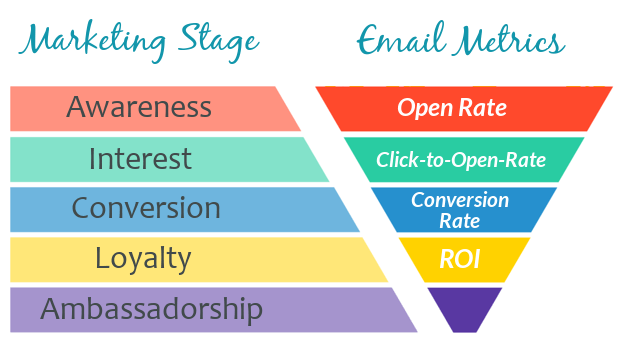
For those subscribers who have moved down to the middel of your funnel, use a newsletter strategy that will entertain and inform them. Try to increase both CTR and CTOR for this group, to propel them toward conversion.
Businesses that are well-established, with a loyal group of customers, should focus on retention and referral strategies. This group would do well to pay attention to conversion and incentive programs.
One size does not fit all: The metrics that are important to your goals will be unique to your business, and how you want it to grow. Here is where you can get into trouble just doing what everyone else is doing.
Hey, about that contact list you’re building…
Are you thinking of sending newsletters or campaigns to your LinkedIn contacts, or your Facebook and Instagram friends? Perhaps even the people in your personal address book?
Don’t do it.
Their likely reaction to your newsletter will be, “What the heck is this? I never asked for this!” Then they hit the unsubscribe link (or even worse, report you as spam). *shudder*
Pro Tip for new marketers
Go through the contact list you’ve accumulated over the years and delete anyone who is not a potential client. Family members, former employees, friends… take them off. If they are not going to open and click on links, then they will dilute the data used to develop future content.
You want your list to be lean and clean. It’s better to have a smaller list where every single person is a potential sale.
But if you do not have someone’s expressed consent to receive your emails, and you send them anyway, then you are a spamming spammer who spams.
Instead, post a copy of your newsletter to your social accounts with a link to your signup or contact form. Show them what you’re about, and invite them to subscribe.
Another route: zip them a quick message, saying hello, and send them the link to your fancy new email list. They’ll subscribe if they are interested. And if they aren’t, you don’t want them on your list.
Keep your list lean and clean.
Are you excited to start email marketing, but dread taking on more work? Give me a holler – I can help.
While we’re on the topic…
Email Marketing Done Right
My Email Marketing Service
Newsletters vs Email Marketing

